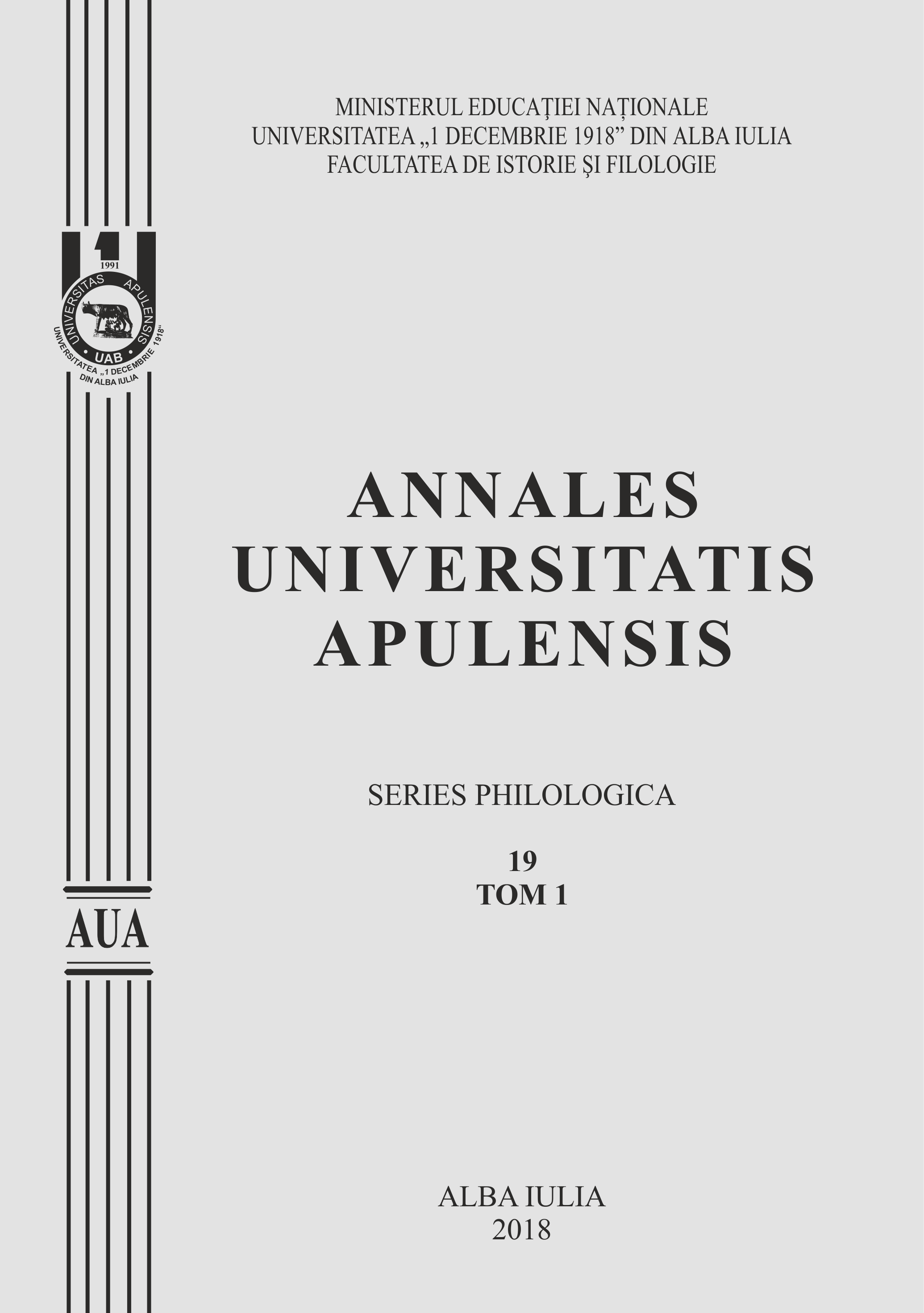ABATERI RECURENTE DE LA NORMĂ ÎN ÎNVĂŢAREA LIMBII ROMÂNE CA LIMBĂ STRĂINĂ (RLS)
RECURRENT DEVIATIONS FROM THE NORM IN LEARNING ROMANIAN AS A FOREIGN LANGUAGE (RLS)
Author(s): Cristina Gogâță, Alina Andreica, Aurora Băgiag, Ana Coiug, Alexandrina TomoiagăSubject(s): Language and Literature Studies, Foreign languages learning
Published by: Universitatea »1 Decembrie 1918« Alba Iulia
Keywords: deviation; Romanian as foreign language; RLS; linguistic norm; Eugeniu Coseriu; voice recording analysis; quantitative research; morhology;
Summary/Abstract: The present research operates with the structure ‘Romanian as foreign language’ (Limba română ca limbă străină – RLS). The structure is used in order to designate the Romanian language used by non-native speakers, in the same way as FLE (Français langue étrangère) or EFL (English as a foreign language). The term ‘language’ has the meaning of historic language, as it is described by Eugen Coseriu: a cultural and historic product recognised both by its speakers and by other speakers as language. However, the historic language differentiates depending on the space (diatopically), on social and cultural criteria (diastratically), and on the register (diaphasically). According to the principles of integral linguistics stated by Eugen Coseriu, language can be described as an activity, as a technique, and as a product. In learning a foreign language, as it is the case of RLS, the finality should be to speak in the Romanian manner, that is language as an activity, but that is possible only as a result of the prior practise of language as a technique. Eugen Coseriu identifies three levels of virtual technique: ‘the system’, ‘the norm’ and ‘the type’. While the system offers a variety of possible choices, the norm restricts them, and the type provides coherence to the various parts of the system, especially with regard to the morphology and to the syntax. Our research is grounded both on theoretical linguistic principles, and on the practical experience with the foreign students enrolled at the University of Medecine and Pharmacy „Iuliu Haţieganu‟, from Cluj-Napoca. Audio recordings of the students’ speaking activities were taken in the second semester of the academic year 2017-2018. The recordings represent a useful insight on the live mechanism of learning a foreign language, with a variety of deviations from the norm, as well as a generous utilisation of the system. The audio recordings have proven to be useful for a quantitative analysis of the most frequent deviations from the linguistic norm. Our analysis focuses on the morphology and on the syntax of the students’ performances, depending on the group level in Romanian, A1 or B1. The most frequent deviations from the norm imply the verb, the adjective, the article and the noun: the conjugation of the verb (the person, the subjunctive mood, the pronoun-verb agreement), the use of definite articles with subjects, with direct objects, or with predicate nouns, the use of the indefinite article depending on the gender of the noun it determines, the agreement in gender, number and case between the noun and the adjective, the proper use of genitive case endings. Besides their authenticity, the voice recordings allowed us to explore the relation between the deviation in Romanian and the norm in English, in order to develop more specific materials for the teaching of RLS. The conclusions of the quantitative analysis showed that most of the deviations involved the verb, the article and the adjective, and that students do not use in oral communications cathegories they are unsure about, such as nouns in the genitive case.
Journal: Annales Universitatis Apulensis. Series Philologica
- Issue Year: 19/2018
- Issue No: 1
- Page Range: 265-276
- Page Count: 12
- Language: Romanian

